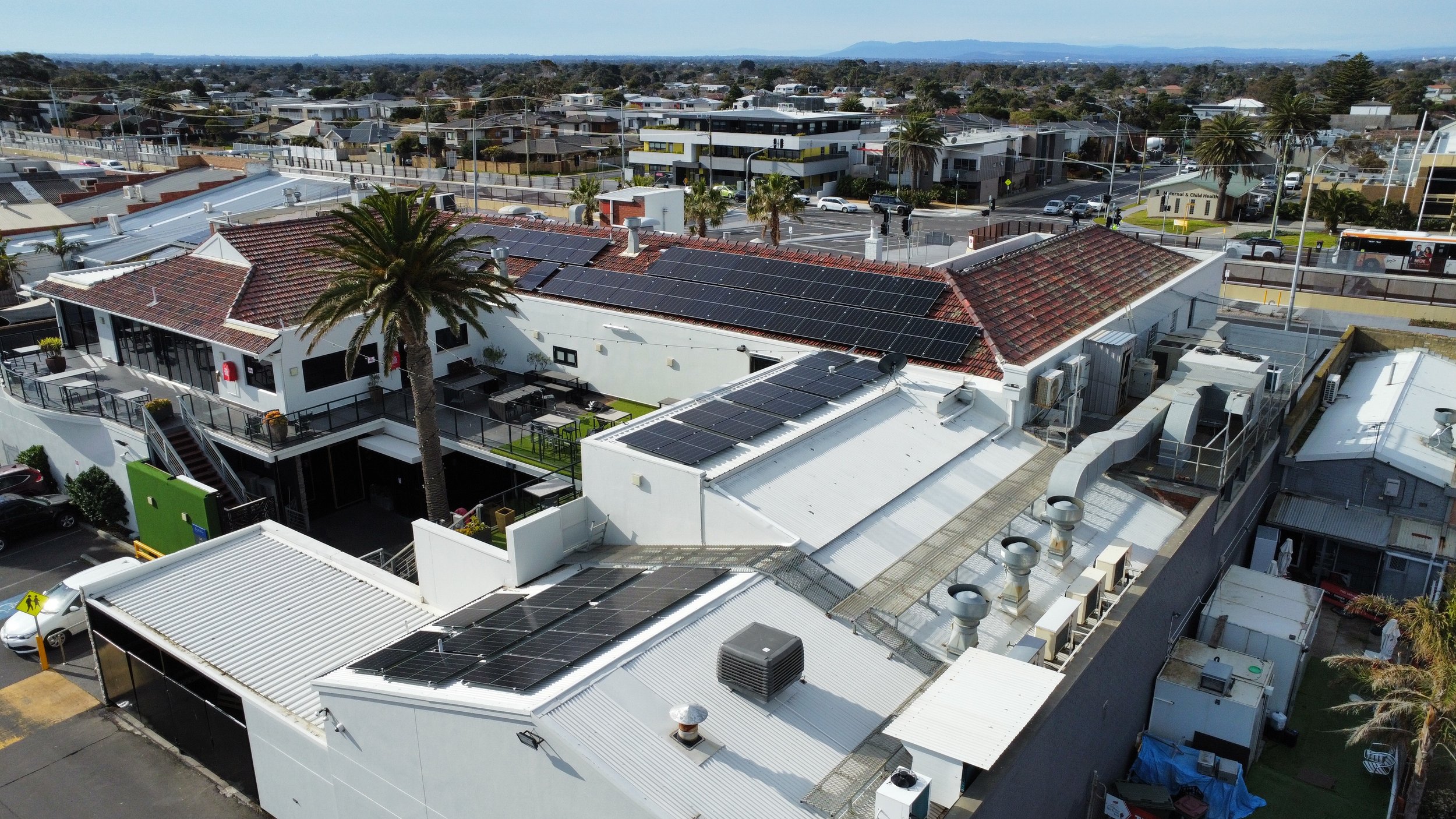Blog
Stay informed and up to date with industry trends, policy updates and energy-saving tips.
Our team of experts is dedicated to helping businesses and homeowners make the transition to clean, renewable energy sources to reduce their carbon footprint, all whilst saving money on energy costs.
National Budget Delivers Solar Tax Break for Small and Medium Businesses.
Solar Tax Break 2023
Following the budget announcement, Australian small and medium businesses (SMEs) can take advantage of additional tax benefits when they install solar energy. Under the scheme, SMEs will get an added tax break up to $20,000 for investments made in solar panels, batteries, heat pumps, and other energy efficiency technologies. The Small Business Energy Incentive announcement was made by Treasurer Dr Jim Chalmers.
“This incentive is all about helping small businesses save energy and save on their energy bills, support that comes on top of the direct energy bill relief for small businesses that will be a centrepiece of the budget,” he said.
“The Albanese government’s policies like the Small Business Energy Incentive are all about giving small businesses the leg-up they need to expand and grow.”
Fantastic news for small to medium businesses, this should see the average payback period of solar drop below 3 years, and intern significantly increase the benefits gained by businesses. With electricity prices forecast to increase by a further 30% before 2024, solar generation can provide businesses with much needed savings.
Want to know more about the solar incentives, rebates and tax breaks your business is eligible for? Contact us below.
How Much Solar Does My Business Really Need?
Business solar panels are growing more and more popular but how many panels do you really need on your roof? In this post I’ll explain the ins and outs of how we determine the size of a solar system for commercial businesses so that you’ll be equipped with the tools to ensure you’re you’re not being oversold too!
Solar, it’s everywhere. You’ve probably already installed it at home and now you might be looking to invest in it for your business. Something we see far too often in the commercial space is overcapitalisation or oversizing. Our client’s often say, “but Time Solar Installers have offered me a 100kW system and you’re only providing a 75kW system” or “why haven’t you used my entire roof space?”.
In this post I’ll explain the ins and outs of how we determine the size of a solar system for commercial businesses so that you’ll be equipped with the tools to ensure you’re not oversizing or over-capitalising!
I think it’s best I start by explaining one of the many oversizing horror stories I’ve seen over my time in the industry. Dairy farming; it’s been the backbone of South Gippsland for years. I had a dairy farmer approach me a few months after they installed solar with a local group from Gippsland. They were concerned they weren’t seeing the savings they were advised prior to install. This Farmer had installed a 35kW system on a milking shed, a decent sized solar system. Which, if you were to look at their total annual consumption in singularity, under normal circumstances, probably would’ve facilitated nicely. However, dairy farmers consume most of their energy in two blocks. 5am - 9am and then again from 4pm - 8pm, or simply put milking times.
Below you’ll find an example of average 30 minute energy consumption data throughout a year for the dairy farm vs the projected average energy generation for the solar system.
So why didn’t the farmer see the savings he was hoping for?
When the solar system was producing energy, the dairy was not consuming it. In fact, as seen above, while solar was working, the site on average would only consume about 4kW. What is happening to that excess energy? Well, it’s being fed back into the grid. I hear far too often, “wow I am getting paid by my energy retailer to feed into the grid.” This issue with this is, when you feed the majority of your generation into the grid, your payback period can double. Let me break this down for you.
The farmer was advised he was going to consume all the energy he generated, meaning he saves $0.20c/kWh (this is the amount he pays for energy from the grid).
Annual Energy generation of a 35kW system is about 46,000kWh. Therefore, saving $9,200p/a.
Instead, he is actually only consuming 15% of the energy his solar system generates and feeds 85% of the energy back to the grid at approximately $0.07/kWh.
6,900kWh(15%) at $0.20/kWh + 39,100kWh(85%) at $0.07/kWh = $4,117 …that’s a loss of around $5,000/pa.
This means that although his payback period was initially advised to be around 4.35 years, in reality it is actually 8 years. In the end, the farmer has spent around $40,000 on a solar system, when in retrospect he only needed an 8kW system valued at about $10,000.
System Size Variables:
How do we decide what system size is best for any given business? What factors dictate solar systems and how do we avoid oversizing?
A number variables come into play when choosing the right size solar system for the business at hand. These include:
Roof Space - The most obvious one here. We can only fit as many panels on a roof as there is space.
Annual Energy Consumption - This plays a role in the initial steps to deciding a system. For example, we wouldn’t put a solar system that produces 100,000kWh/pa on a business that only consumes 50,000kWh/pa.
Usage Profile - When and how does this business consume energy. This step is most often overlooked with many solar installers and is why we see oversizing. Is the site a Dairy farm as seen above? Is it a Tennis Club (who consume 90% of their energy at night to run court lighting), or is it a lunch spot that consumes the majority of it’s energy in the middle of the day?
Maximum Demand – This is the single highest energy consumption point within a given time (The maximum demand for the dairy above was 19.77kW). There’s no point exceeding this maximum demand by more than around 33% because you simply won’t be able to consume that amount of energy.
In avoiding oversizing, I would ask any solar provider these four questions:
What percentage of my energy consumption are you attempting to offset?
Can you provide a graph of my daily average energy profile and compare this to the energy generation curve of solar system you are proposing? (see example above)
What’s my peak demand value?
What time is my average peak demand point?
Once these four questions have been answered, compare them to the size of the proposed system and make a conservative decision. If you still don’t feel confident, give me call and I’d be happy to assist.
Hamish
M: 0458 848 483
Let’s Discuss Your Next Project
Ready to start your energy reduction journey?
Energy Innovations Australia prides itself on open and effective communication.
So if you would like to speak to one of our team members leave your details below and we will be in contact with you within 2 business days.





